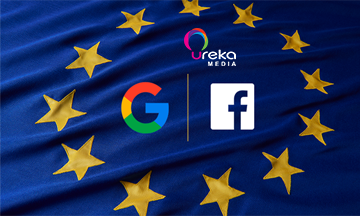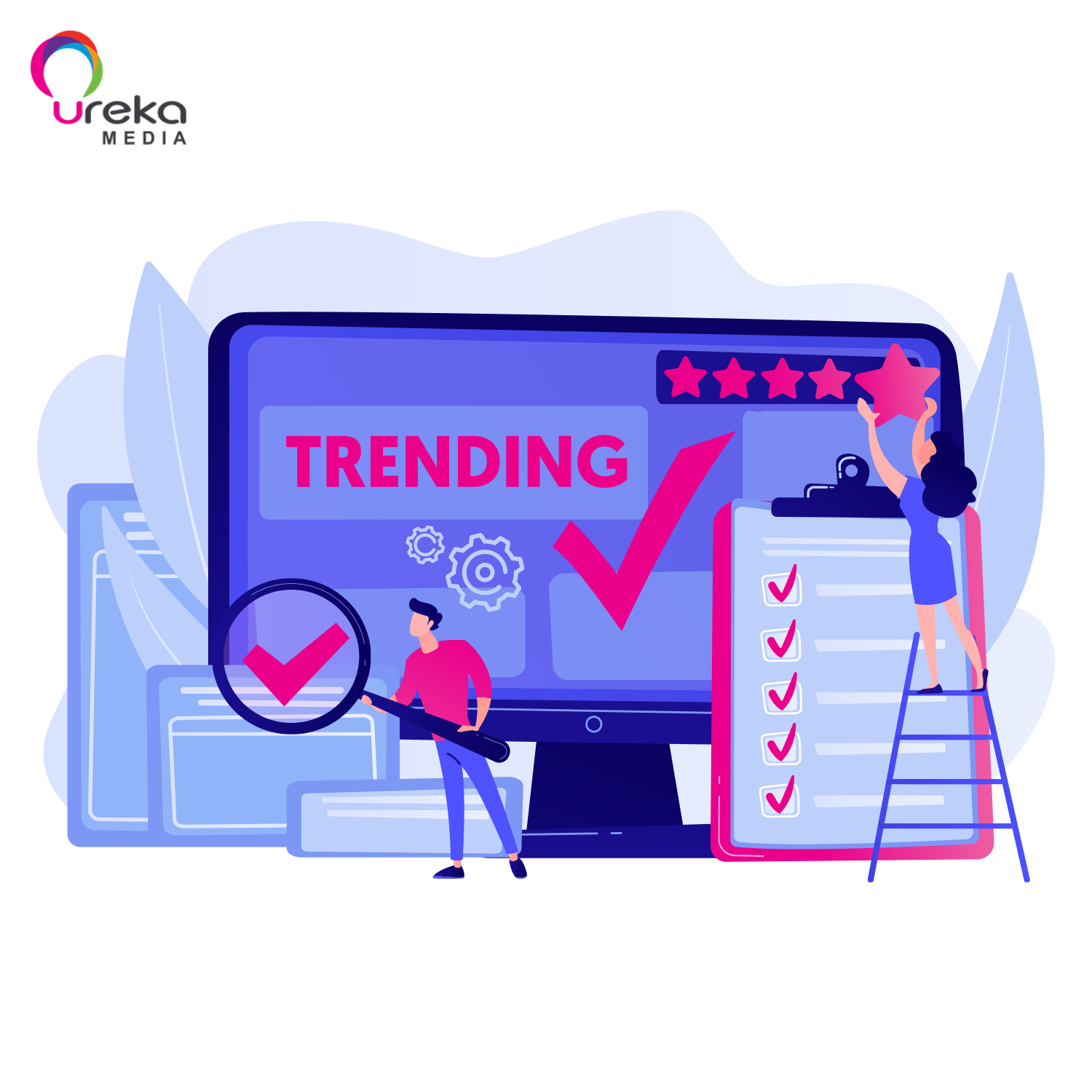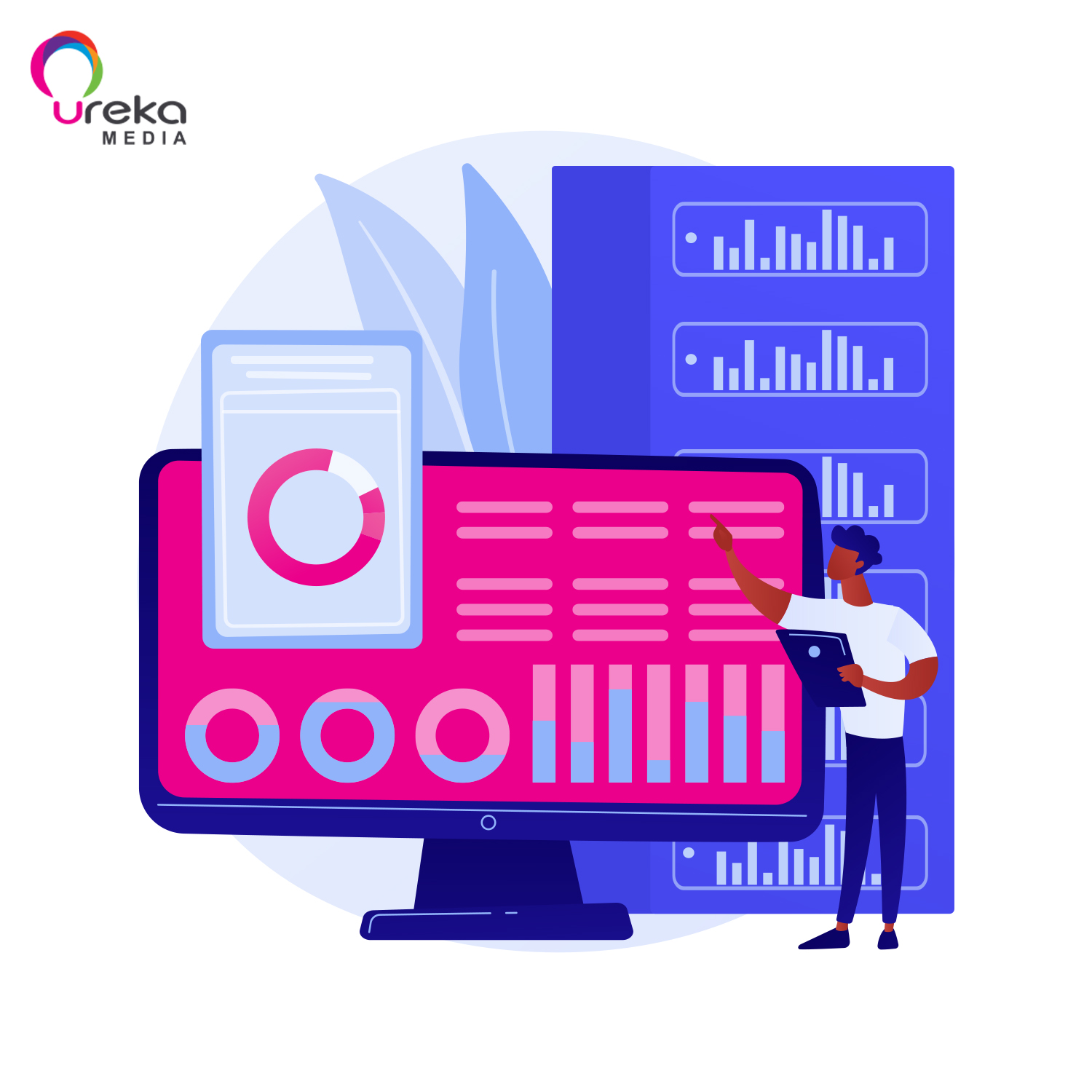


Make people SEE and REMEMBER the brand



Get people to UNDERSTAND and
WANT the brand



Change people's BEHAVIOR and
get them to CONVERT



Take care of people to CONVERT OFTEN and
ADVOCATE the brand
U News
3 Surefire Ways of Leveraging the Customer Experience
Communicate your research effectively

The creative and business classes have traditionally had a symbiotic relationship. The former blazes trails, creating new experiences or returning old ones to the cultural consciousness; the latter comes in to commodify and brand these new trends, reaching a wider swathe of the consumer public.
But, as with so many ‘traditional’ ways of doing business, this particular apple cart has been upset by digital transformation. No longer bound by the need for retailers or brands, the creative class has taken their wares directly to the consumer with sites like Etsy, Ebay and Amazon.
The trend shows no sign of abating, with Facebook launching their own peer to peer marketplace in recent years. While it hasn’t achieved the popularity of similar platforms, the 2.2 billion active monthly users are enough to earn retailer attention.
None of this is to say that your business should throw in the towel and start an Etsy page. Retailers maintain an advantage that no C-to-C enterprise can muster—the ability to leverage data to connect with the customer and understand their needs on a personal level. Let’s take a look.
1. User experience is paramount
By personalizing the user experience, you can give consumers something that’s lacking in the C-to-C space. If your site or app can provide usability, customization, and most importantly, content, you’ll leave the customer feeling like they got value out of your service.
“Being members first is at the center of everything we do,” said Tony Tong, senior market research manager, LinkedIn. “Ultimately our users are getting a chance to create an experience on LinkedIn that serves their needs best. We do a lot of research, you can go back to the same person over and over again, to get longitudinal data.”
This is especially important in the current business landscape where customers often feel alienated by generic, faceless ‘rewards programs,’ or relentless spam emails. Particularly in a digital age, customers crave the personal touch to help them navigate a purchase decision.
Personalization not only increases loyalty, but it gives the customer a feeling of control over their shopping experience. If you know your customers well enough to make a product recommendation that saves them hours of scrolling through endless options, you will earn their gratitude.
The same applies when customers enter your store. By using geofencing, you can create personalized offers targeted at your user based on previous purchases and preferences. Home Depot takes this one step further by walking customers through the store and displaying product’s locations on the app, making the shopping experience more efficient.
2. An insight into insight communities
Customers want to experience a personal bond with the businesses and brands they use, and nothing is more clinical, removed, and faceless than the customer survey. You might as well be putting your customers in a lab and observing them from behind two-way glass.
This isn’t to say you should chuck feedback out the window. In fact, businesses today need it more than ever. With the help of an insight community, a trusted group that goes beyond customers to include stakeholders, management, and even former employees, it’s possible to get a holistic, up-to-the-second picture of what’s going on.
“[Our community is comprised of] CEOs, policy makers and members of Congress interested in giving input,” said Rebecca Haller, managing director of audience insights and data at Politico. “One of the first insights was to extend the time of our podcast. When we did this we saw a 75 percent increase in listeners every day.”
With this caliber of intelligence, you can stay light on your feet, responding to changing trends with necessary agility. The close bonds forged through an insight community have another benefit—the more trust you put into the members’ views, the more they will feel like respected members of the team.
Through My Starbucks Idea, the global coffee store allows coffee enthusiasts of all stripes to share and discuss their ideas with other members. You can flick through and comment on existing ideas, vote, and share feedback. The forum is a valuable way of gauging customer preferences and putting them into action which fosters loyalty and self-directed evangelism of your brand and products. After all, even after the digital transformation, the power of word of mouth ismore potent than ever.
3. Communicate your research effectively
Research, data, insight. They’re easy to navigate when they run parallel to a brand or product narrative. But as Jake Steadman, senior director of international & agency research at Twitter, noted, “In past roles … I found that people wanted research until it delivered a message that challenged assumptions or expectations.”
As simple as it sounds, one of the keys to leveraging your advantage as a B-to-C service is to listen to the data. This is one of many insights gleaned from the 10 featured thinkers (Steadman included) in Leaders of Change, an ebook from customer intelligence software provider, Vision Critical.
“In these cases,” Steadman continued, “people can question the research methodology as opposed to accepting the implications of the insight. That’s where researchers can make an impact. It’s our job to ensure our research is robust and its messages are taken seriously.”
In order to ensure your research carries weight, follow a ‘less is more’ approach.
Communicate insights that are clear and easy to grasp. By delivering too much, you may invariably give others ammunition to challenge your narrative. And, like a customer on the edge of a nervous breakdown while scrolling through nine thousand varieties of pillows on Amazon, it’s dangerously easy to induce information fatigue in the conference room.
Keeping pace with the customer can feel like running a marathon and a sprint at the same time. If you take the time to reach out to them to understand and anticipate their needs, they may slow down and help you out in return. In the end, making the most of customer insights doesn’t just make the user happy, it leads to a better brand.
Source: Adweek
Related Post
Recent Post

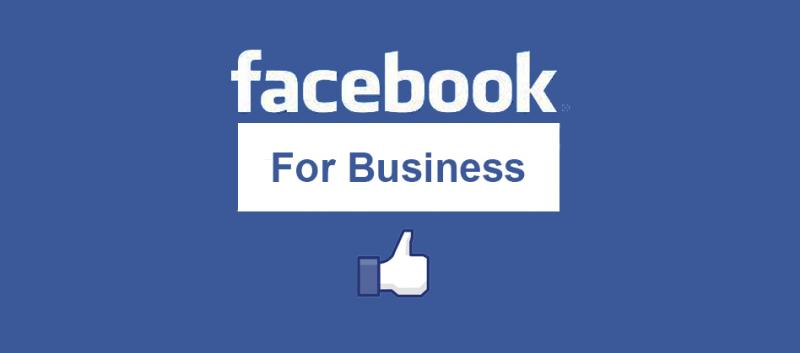
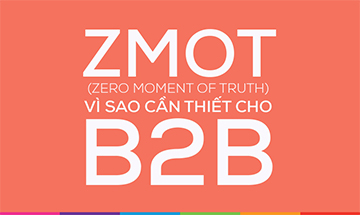
![[ALL ABOUT PROGRAMMATIC] PART 4: SPECIFIC INGREDIENTS - AD EXCHANGE](https://urekamedia.com/uploads/data/uploaded/images/photo_news/800x800/news_20160705045942/programmatic-urekamedia-mediaeyes-dsp_part4_1_adexchange_thumbnail.jpg)
